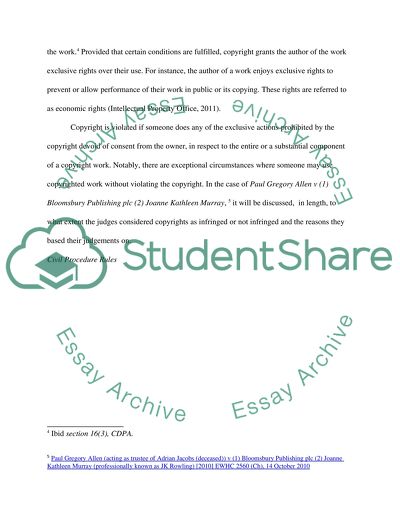Cite this document
(“Intellectual property law Coursework Example | Topics and Well Written Essays - 3000 words”, n.d.)
Intellectual property law Coursework Example | Topics and Well Written Essays - 3000 words. Retrieved from https://studentshare.org/law/1403013-intellectual-property-law
Intellectual property law Coursework Example | Topics and Well Written Essays - 3000 words. Retrieved from https://studentshare.org/law/1403013-intellectual-property-law
(Intellectual Property Law Coursework Example | Topics and Well Written Essays - 3000 Words)
Intellectual Property Law Coursework Example | Topics and Well Written Essays - 3000 Words. https://studentshare.org/law/1403013-intellectual-property-law.
Intellectual Property Law Coursework Example | Topics and Well Written Essays - 3000 Words. https://studentshare.org/law/1403013-intellectual-property-law.
“Intellectual Property Law Coursework Example | Topics and Well Written Essays - 3000 Words”, n.d. https://studentshare.org/law/1403013-intellectual-property-law.


